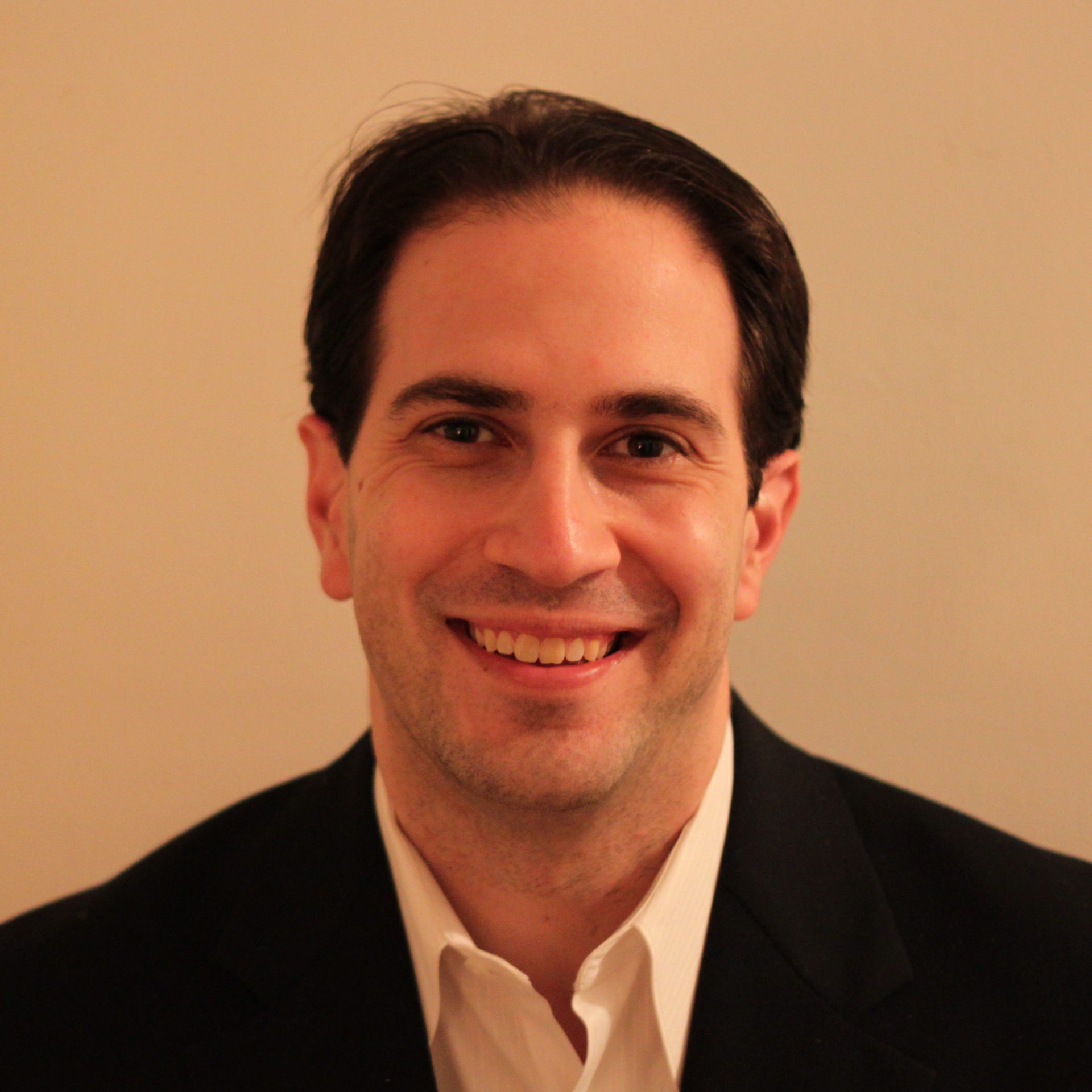We’re trying to build something for the future that is better than what we had in the past. The notion of stewardship is that you’ve been given a gift and your job is to cultivate it, honor it, and carry it forward.
Jal Mehta, Professor at the Harvard Graduate School of Education
We sat down with Jal Mehta, Professor at the Harvard Graduate School of Education, to talk about his commitment to the learner-centered field, what needs to be done to increase the movement’s impact, and more!
Q: What first sparked your interest in education and, in particular, equity in education?
Jal: I grew up in Baltimore. Baltimore is very unequal and stratified — radically different opportunities are open to kids depending on their race and socioeconomic background. I played baseball with kids from across the city, and when we hit the end of high school, it was clear that I had gone to a good private school that had opened many doors. Those same doors were not going to be open for my teammates because of where they had gone to school.
I thought that was fundamentally unfair, and I still feel that way.
My concerns got broader when I spent time in schools as an adult. I could just feel the loss of human potential. Students who had been animatedly chatting with their friends sat stone-faced in their classes. Young people, who, when we talked to them, were witty, interesting, ironic, and incisive observers of their environments, were laconic, bored teenagers in their classes. So, while I started with a concern for inequality, over time, my concerns broadened. I came to think that the structure of public schooling itself was organized more to batch process students than to stimulate meaningful learning. The consequences of this structure are greater for more disadvantaged students, but the structure itself is not great for the vast majority of students.
On the plus side, there were exceptions. There were some great teachers, many of whom were going around the expectations of their districts or schools, and we saw lots of life and student agency in elective and extracurricular spaces.
Q: What are some of the most important values you see in learner-centered environments?
Jal: First, purpose. Learners need to know not just what they are doing but why. Second, and relatedly, student agency and choice. The more students are directing their own paths, the more deeply they will be invested in their learning.
Third, relationships. All learning starts with relationships, especially for young people. While the structures of school — short blocks, emphasis on coverage, high teacher loads — work against these qualities, we see a lot of it in extracurriculars and clubs like theater, the arts, sports, debate, and so forth. Relationships are also highly present in good youth development and after-school spaces. Sometimes teachers can create the conditions to enable this kind of relationship development, but they are working against many of the structures in which they sit.
A related point is that if we want teachers to do these things with students, they need to experience them as adults. We call this symmetry. Adults need opportunities to renew themselves and renew their love of whatever it is that they’re doing and grow those skills. You know, as adults grow, that creates new possibilities for what they want to do with students. We know teaching can be a repetitive activity. Each year you have new students, but you’re teaching the same stuff. If you don’t continue to grow and learn, it’s hard to feel renewed.
Q: How might we rethink schools to support a more learner-centered approach?
Jal: There are a lot of public, private, and charter schools in the United States and around the world that are organized with models of distributed leadership, where there are opportunities for teachers to learn things that they’re interested in, where there are opportunities for students to have voice, choice, and agency.
For instance, there’s a school in New York City, the iSchool, that my friend and colleague Alisa Berger used to run where each spring, the students would make a list of all the things they wanted to learn about the next year. They then would vote on that list to see which ones come out on top. Then, the faculty would go down that list and see which ones they were excited and passionate about teaching. The students knew that there was this intersection process going on and that it would only work if both sides were excited. Junior and senior years were essentially all nine-week electives. There were four quarters each of nine weeks where students were taking different mixtures of electives. This is one model among many.
To achieve anything like this, schools need to develop a three-legged stool — a set of values and principles that defines what it is they are trying to do and why. It will define their direction and emphasize the values of a learner-centered environment. Once that is co-developed, much of the day-to-day work should be done by the faculty and students, as they develop structures and innovations that help to realize those values.
Margaret Wheatley calls leadership a “host” rather than a “hero.” Taking this stance allows for the carving out of new directions while at the same time avoiding a compliance mentality and empowering people to make change.
There are a lot of community organizations and other structures that are providing learning opportunities that we want to get our kids involved in. What we really need to figure out is how to build a superstructure around them that would support those kinds of activities and that would network schools with other schools and community institutions. I’m using the word “school,” but I feel like it is a little restrictive.
We need a place for kids to go during the day so their parents can go to work and the kids can be safe. They need to learn how to read, write, and do math, but beyond that, the world is open. Kids could come in the morning to a base camp and then they could head off later in the day and learn a lot of other things. They could receive directions to other institutions with adults who are looking out for them, and they wouldn’t all need to go to the same places. And, there are lots of possibilities within the basic parameters of safety and letting parents go to work.
People need to see the benefits of this type of learning. I think community learning opportunities or projects which involve the whole community — which are already happening in some areas — that are public, shared, and show what kids can do under different circumstances would be a big part of it.
Jal Mehta, Professor at the Harvard Graduate School of Education
Q: What are some of the actions we can take to move to a new, learner-centered system?
Jal: There is the world we live in and the world we want to get to. You can’t just wake up one morning and move from world A to world B. Not everyone is going to agree that we need to move from world A to world B. We need to come up with some ways that enable people to take the steps to get from one to the other. These are public schools — nothing happens unless the communities around them think it will be good for their kids.
People need to see the benefits of this type of learning. I think community learning opportunities or projects which involve the whole community — which are already happening in some areas — that are public, shared, and show what kids can do under different circumstances would be a big part of it. When I talk to schools, I encourage at least two big public exhibitions of work per year and at least one major project per year where every student in some way contributes to either their local or global community.
That’s within the reach of most schools now. I think if you did those things, the students and teachers would say, “These were the best things we did this year!” That would lead to questions of, “If this is what we’re going for, what else would we need to change to make this what school is like all the time? Not just something we do twice a year but a staple of our learning environment?”
Q: You recently wrote an article titled “Driving with the Brakes On: Why Are We Trying to Do Liberatory Practices within an Authoritarian Paradigm?” What did you mean by that and why is it important?
Jal: I think we are in a moment of a lot of pastiche. The No Child Left Behind/Race to the Top moment is over, and nothing really has replaced it as a governing paradigm. Meanwhile, the Movement for Black Lives has awakened a lot of concern about racial inequity in the school system, and there is increasing interest in social and emotional learning, deeper learning, and so forth. And, all of this is happening in an under-professionalized sphere in a highly decentralized country, meaning that knowledge guiding practice is highly contested and varies greatly from place to place.
The result is a lot of hybrids. Restorative justice within no-excuses schools. Inquiry-driven instruction that leads to fixed learning targets. Social-emotional learning blocks slotted into factory-style schedules. “Deeper learning” professional development by PowerPoint.
I think as advocates for learner-centered schools we need to recognize these dynamics and call them out. Help people see there are some fundamental contradictions between old systems which are founded on order, control, efficiency, and racial and class reproduction, and the more liberatory vision that is now emerging. While change will be necessarily incremental, we can help people see that they need to unlearn old practices, develop new North Stars, and create coherent ways of approaching them if they want to be successful in the long run.
Q: What do you think is next for the learner-centered movement?
Jal: I think it might be a kind of progressive stewardship — not progressive in the left/right sense — but progressive meaning that we’re trying to build something for the future that is better than what we had in the past. The notion of stewardship is that you’ve been given a gift and your job is to cultivate it, honor it, and carry it forward. If you took that as your North Star, you might steward the local community of which you are a part.
One of the things that I think has come out of the indigenous traditions is this idea that we’re not responsible for the next month or the next quarter, or even for our children, our grandchildren. We’re responsible for the earth, and we’re responsible for six or seven generations going forward. I think that’s a really powerful idea.
As we look out at our world, there are increasing levels of populism and divisiveness, which I think are born in part out of insecurity — economic, racial, and cultural insecurity. We’ve got to find ways to live with one another, honor each other’s talents and skills, and support and cultivate those skills (in ourselves and in others) for the greater good. If we don’t figure out how to collectively think about our future together, eventually we won’t exist. At the most basic level, if schools can’t help promote that way of being, we’re going to be in a lot of trouble.

